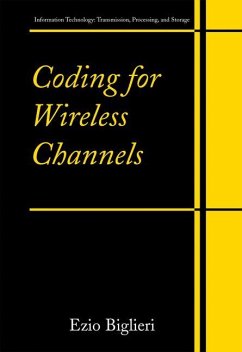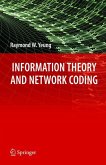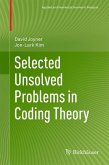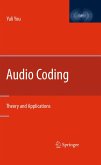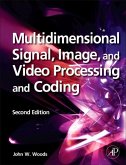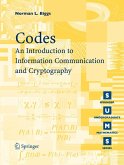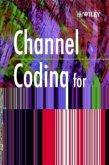Coding for Wireless Channels is an accessible introduction to the theoretical foundations of modern coding theory, with applications to wireless transmission systems. State-of-the-art coding theory is explained using soft (maximum-likelihood) decoding rather than algebraic decoding. Convolutional codes, trellis-coded modulation, turbo codes, and low-density parity-check (LDPC) codes are also covered, with specific reference to the graphical structures through which they can be described and decoded (trellises and factor graphs). A special section is devoted to multiple-antenna systems and space-time codes. The author assumes that the reader has a firm grasp of the concepts usually presented in senior-level courses on digital communications, information theory, and random processes.
Coding for Wireless Channels will serve as an advanced text for undergraduate and graduate level courses and as a reference for professionals in telecommunications.
Coding for Wireless Channels will serve as an advanced text for undergraduate and graduate level courses and as a reference for professionals in telecommunications.

